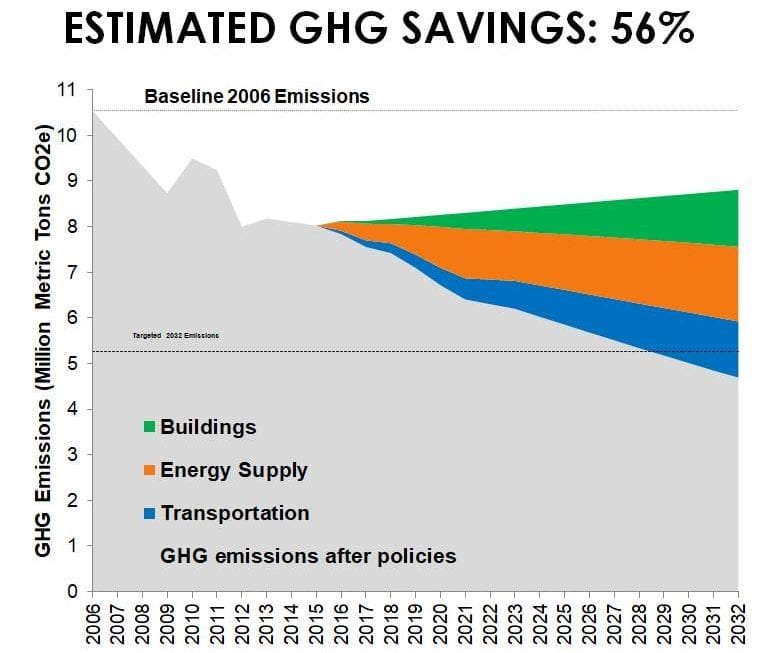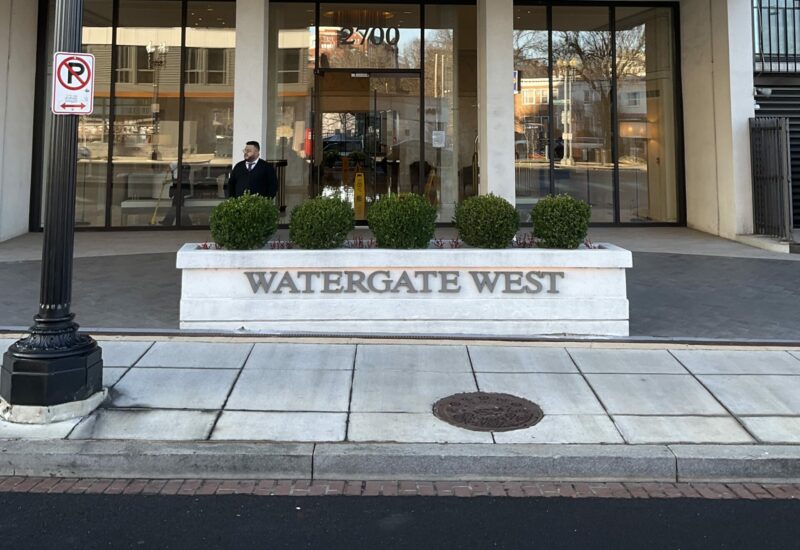On Friday, I attended an informative presentation on the Clean Energy DC Omnibus Act of 2018 and the Building Energy Performance Standards (BEPS) program that is part of the act. The event was hosted by NAIOP – DC at the AGU building. Sharon Jaye of the DC Department of Energy and Environment (DOEE) provided a clear and concise overview of the Omnibus Act and the status of the implementation of BEPS. The more I learn about DC’s Omnibus energy bill and its implementation, the more encouraged I am that we will succeed in cutting energy use and emissions enough to slow the effects of climate change. The bill and its implementation are well thought-out, comprehensive, and designed to be effective over the long term.
For buildings in the District of Columbia, BEPS is designed to change the culture of the building industry with respect to managing energy. Because the program’s targets will rise over time, it will require a continuous reduction in building energy use. As Sharon Jaye pointed out, building owners and their operators must think strategically with respect to their long-term energy use and how to reduce it.
Starting in January of 2021, buildings over 50,000 square feet that have Energy Star scores below the DC median will have to reduce their energy use by 20% over the next five years or complete a list of prescriptive measures in order to avoid fines. The details of how exactly BEPS will work are still being developed by the BEPS task force and will be rolled out later this year.
Whether a building will comply or not is based on a building’s 2019 benchmarking data which must be submitted by April 1. So, getting your energy benchmark data correct has never been more important. Sharon Jaye pointed out that if you have an unusually low or high Energy Star score, then it is likely that there is something that should be corrected in your data. In fact, DC DOEE will take a close look at any facility where the energy star score is less than 5 or higher the 95 (or if a building’s energy use intensity is less than 30 or more than 500). There are several reasons that an Energy Star Score may be off and sometimes it is helpful to have a qualified third party review your data.
I encourage anyone who works in the built environment in Washington to get up to speed with BEPS and its requirements. There are resources on the DOEE BEPs website where you can learn about the program. Baumann Consulting can assist you with your 2019 benchmarking submission and make sure that your benchmarking data is set up correctly in the EPA Portfolio Manager.
Contact us at: washington@baumann-us.com or 202-608-1334.







